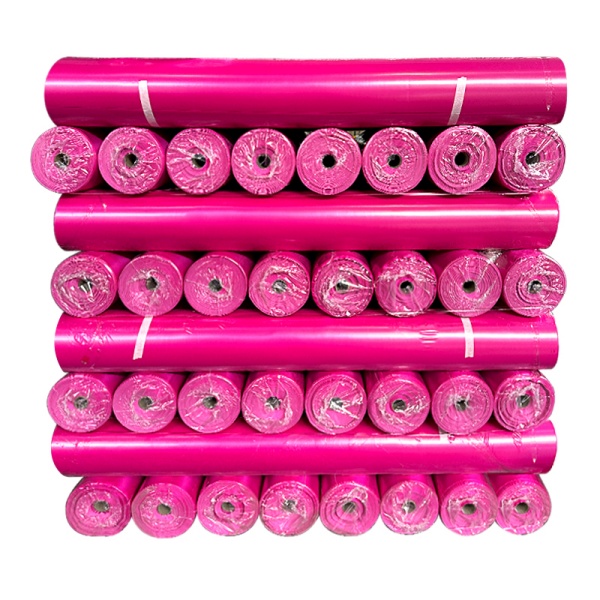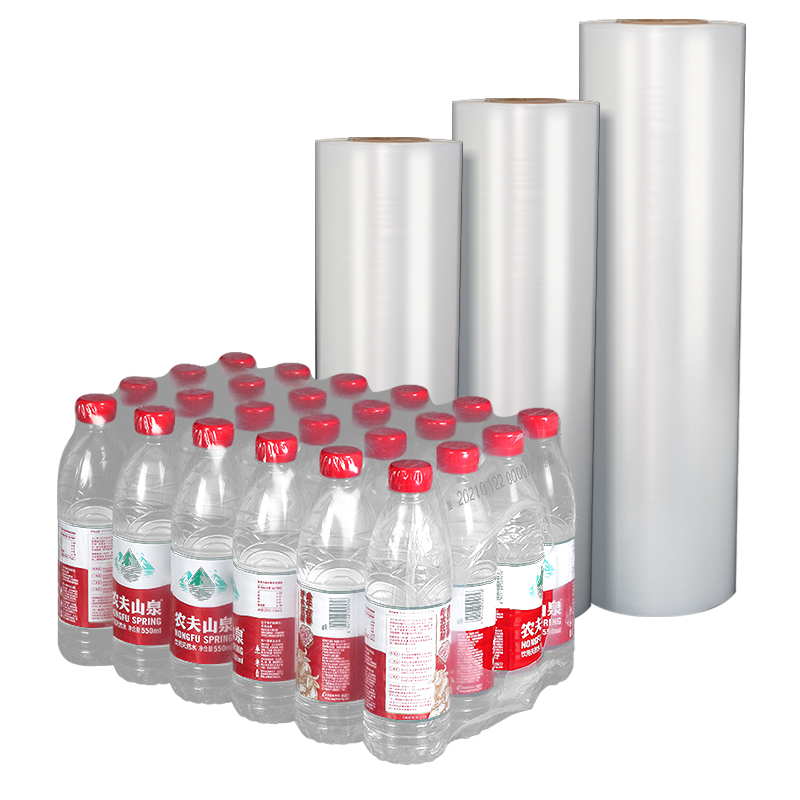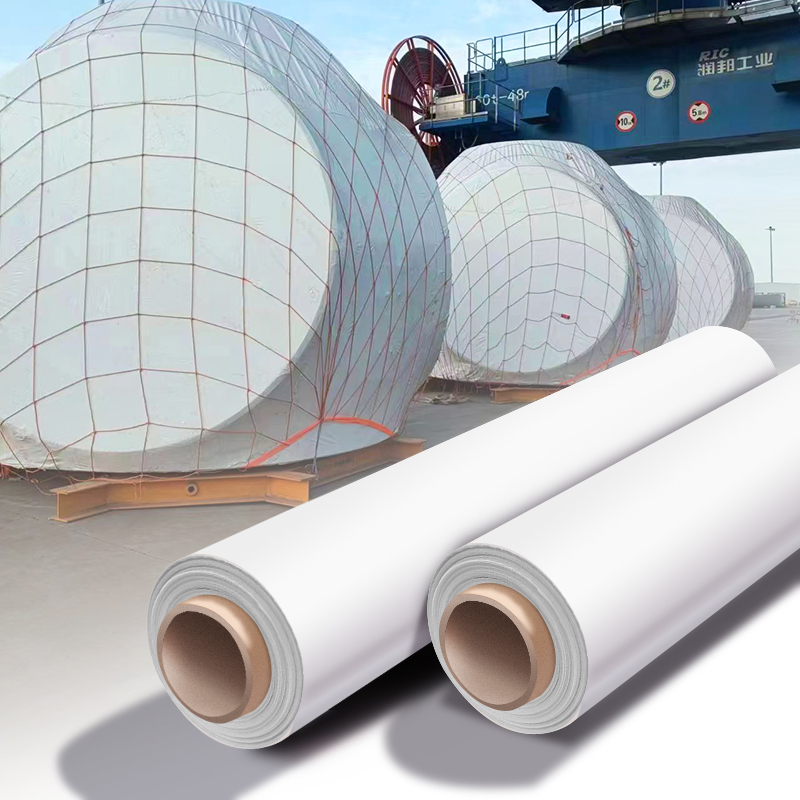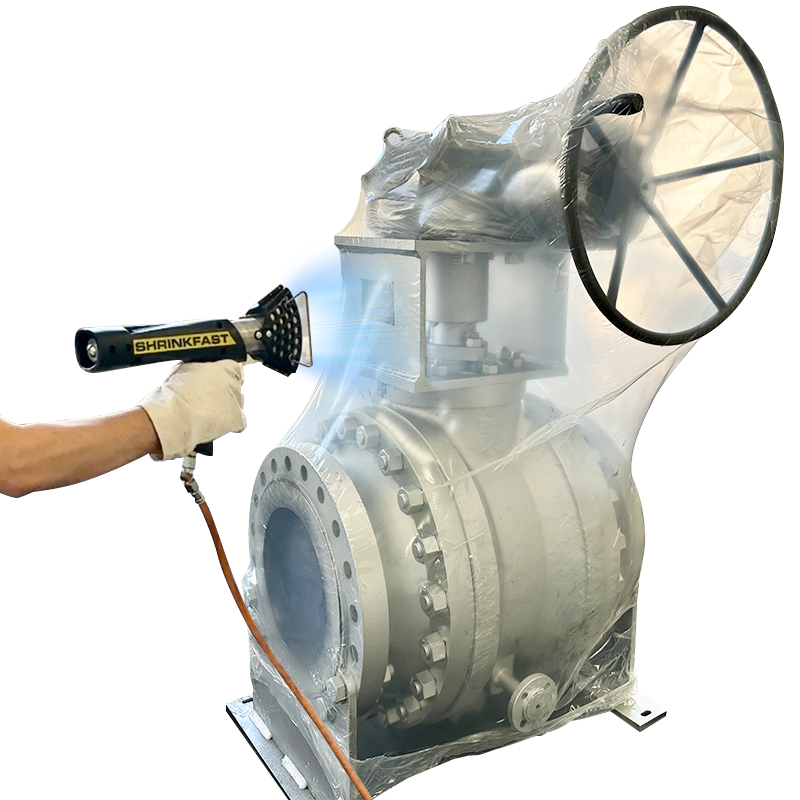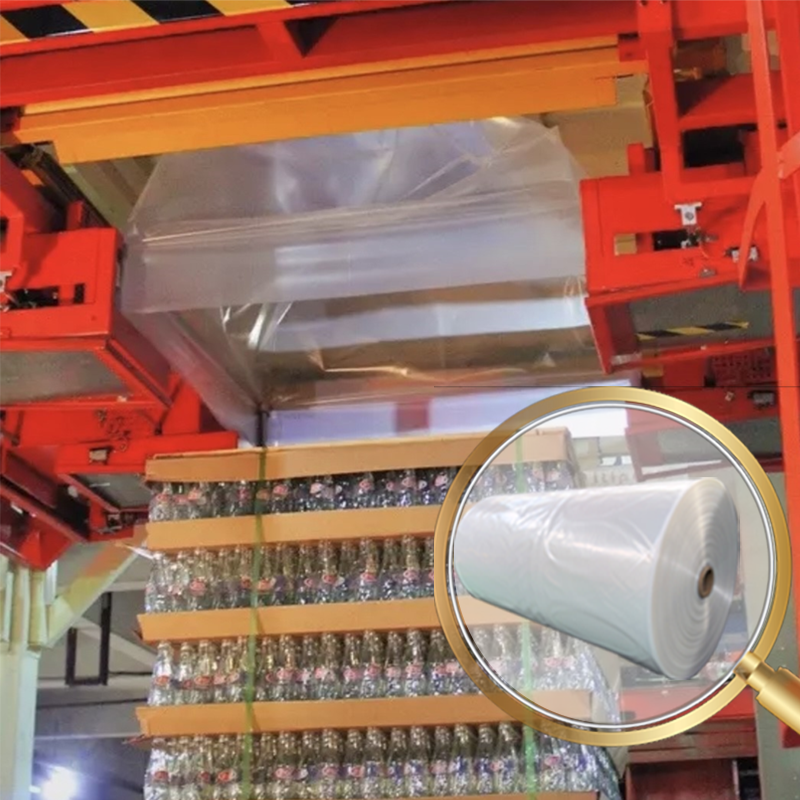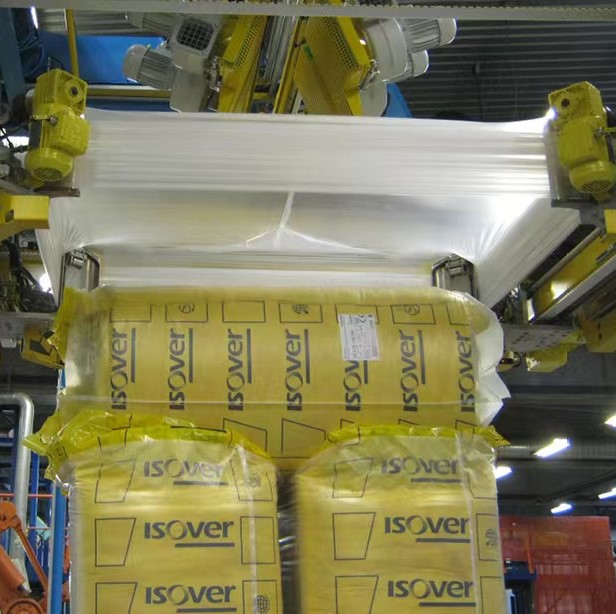The heat shrink film we usually refer to generally includes PVC heat shrink film, PET heat shrink film, PETG heat shrink film, OPS heat shrink film and other materials, and the chemical and physical properties will also vary depending on their materials.
1. PVC film
PVC film is currently a widely used thin film material. Its price is extremely low, with a wide range of temperature shrinkage and low requirements for heat sources. The main processing heat sources are hot air, infrared, or a combination of both. However, PVC is difficult to recycle and produces toxic gases during combustion, which is not conducive to environmental protection. Its use has been banned in Europe and Japan.
2. OPS membrane
As a substitute for PVC film, OPS film is increasingly being widely used. It has good shrinkage performance and is also beneficial for environmental protection. This product is in short supply in the domestic market. High quality OPS membranes mainly rely on imports, which has become an important factor restricting their development.
3. PETG membrane
PETG copolymer film is not only environmentally friendly, but also can pre adjust the shrinkage rate. However, due to the excessive shrinkage rate, it may also be limited in use.
4. PET film
PET film is internationally recognized as an environmentally friendly heat shrink film material. Its technical indicators, physical properties, application range, and usage methods are close to PVC heat shrink film, but its price is cheaper than PETG film. It is currently an advanced unidirectional shrink film, with a transverse shrinkage rate of 70% and a longitudinal shrinkage rate of less than 3%. It is non-toxic and pollution-free, making it an ideal material to replace PVC film.

 4000538828
4000538828
